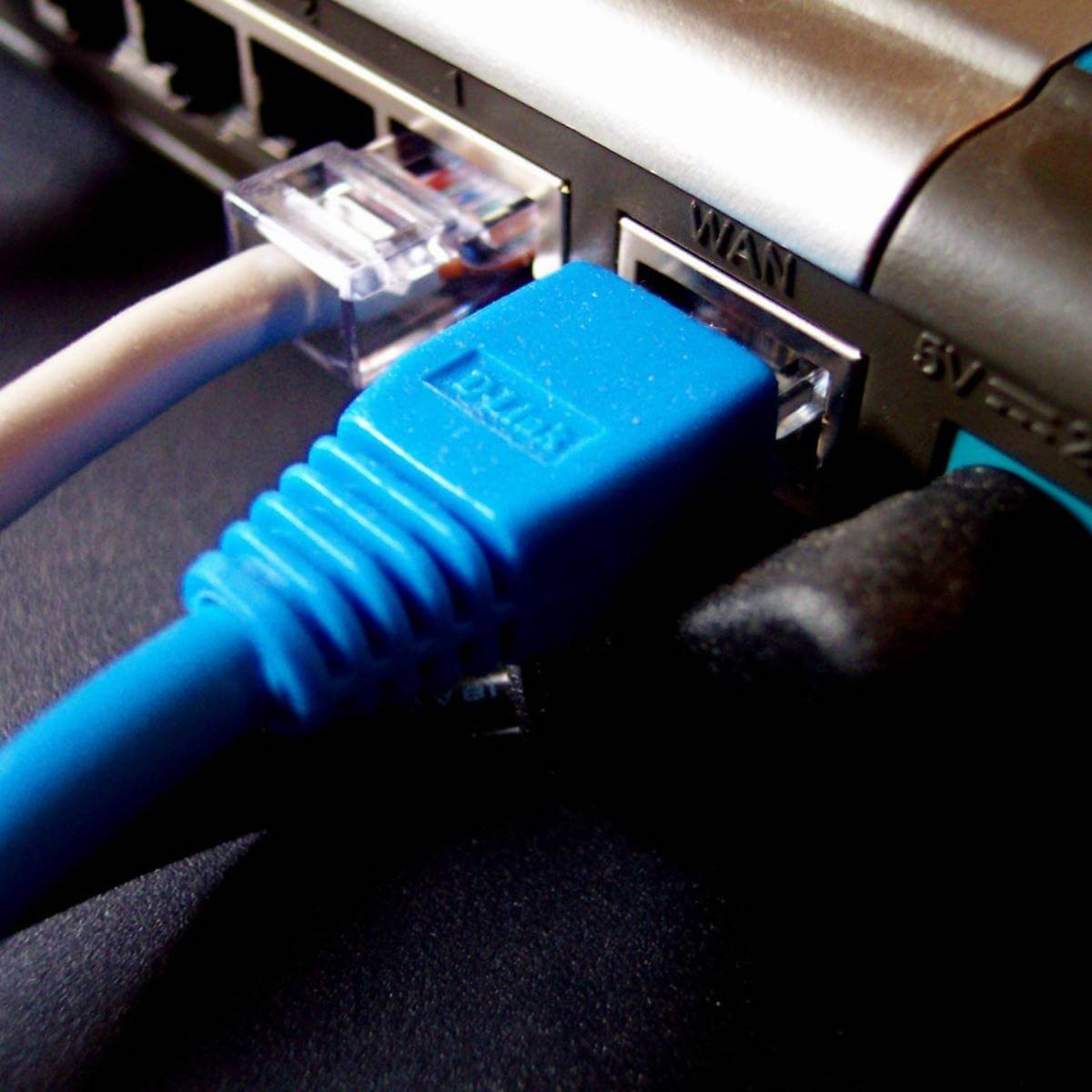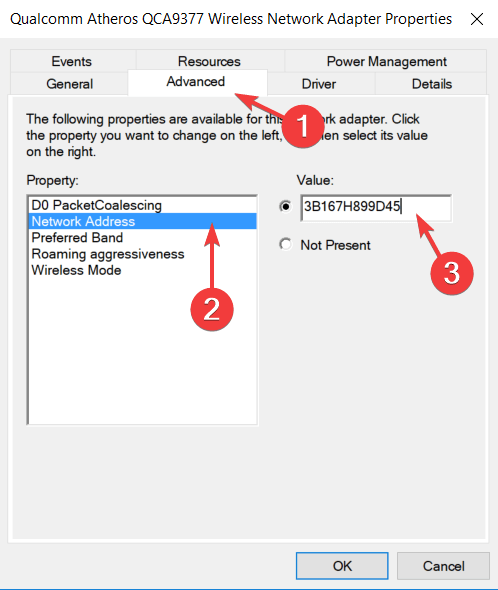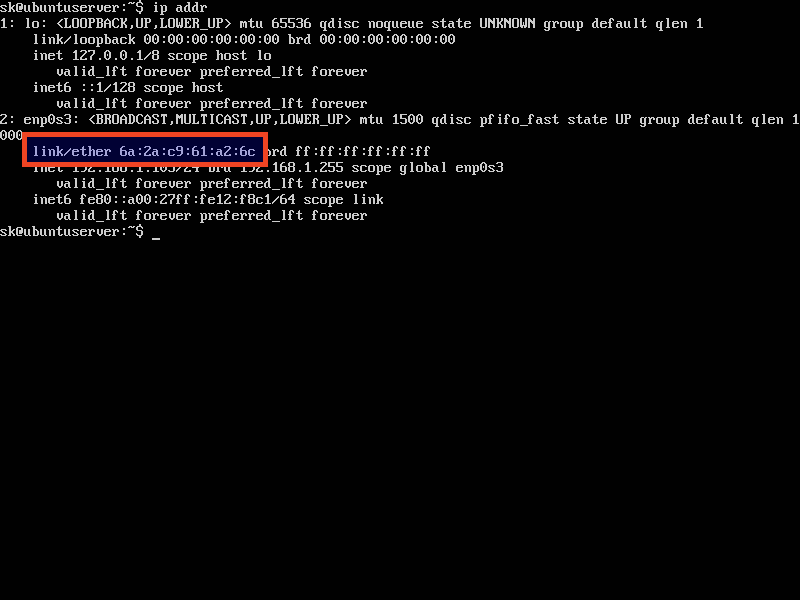
Instead you can edit the configuration of each virtual directory listed in the Exchange Admin Center by clicking the edit icon.įrom here you can edit both the internal and external namespaces for the virtual directory, as well as additional settings such as authentication. This is not ideal for our goal of configuring all services to use the same internal and external namespace. The outcome of this approach is that all of the external URLs are configured to use that namespace, but the internal URLs remain untouched. The first is clicking the wrench icon to configure the external namespace for one or more servers.Ī window appears that allows you to add one or more servers and specify an external namespace to use. com A 3600 Answer 192.168.0.126Ĭonfiguring Exchange Server 2016 Namespaces Using the Exchange Admin CenterĪfter logging in to the Exchange Admin Center in your organization navigate to Servers -> Virtual Directories and select the server you want to configure. Meanwhile, the public DNS zone also has a record that resolves to the public IP address of my firewall or router, which will then NAT any external connections to the Exchange server’s internal IP.Īdd the records to both of the zones in your split DNS configuration and make sure they are resolving correctly before you continue. Split DNS means I will host a DNS zone on my internal DNS servers, and use that to resolve to the internal IP address of my Exchange server (or load balancer if this was a high availability deployment). In this example scenario I’ll be using split DNS, which is a recommended practice for Exchange Server 2016 deployments. Some of the virtual directory configuration tasks can fail if the name you specify isn’t resolvable in DNS. Using a PowerShell script to speed up the configuration of Client Access namespacesĬonfiguring DNS Records for the Client Access Namespacesīefore changing your server’s namespace configuration you should make sure that the DNS records for the new namespaces already exist in DNS.Configuring the namespaces via PowerShell.Configuring the namespaces via the Exchange Admin Center.Configuring DNS records for the new namespace.Using my GetExchangeURLs.ps1 script I can see the current configuration of the server.įinished querying all servers specified.


#MAC ADDRESS CHANGING FOR SERVER 2016 TEAM INSTALL#
The recommended practice is to change the URLs configured on your Exchange 2016 servers to aliases or generic host names such as “ ” after you first install the server. The internal AD namespace for many organizations is not a valid domain name on the internet, for example domain.local, which makes it impossible to acquire SSL certificates for Exchange 2016 (I’ll cover SSL certificates in a separate article coming soon).A URL containing a specific server name can’t be load-balanced across multiple servers in a high availability deployment.They are difficult for end users to remember (this primarily impacts Outlook on the web, where users tend to find it easier to remember a URL such as “ “).

These default URLs allow the services to function but they are not suitable for production deployments for several reasons such as:

So for example if your server name is “ ” then the default URL for OWA will be “ “. The default URLs contain the fully qualified domain name of the server. When you first install Exchange Server 2016 it is pre-configured with default URLs for the various HTTPS services such as OWA (Outlook on the web), ActiveSync (mobile device access), Exchange Web Services (the API used for a variety of client communications), and others.


 0 kommentar(er)
0 kommentar(er)
